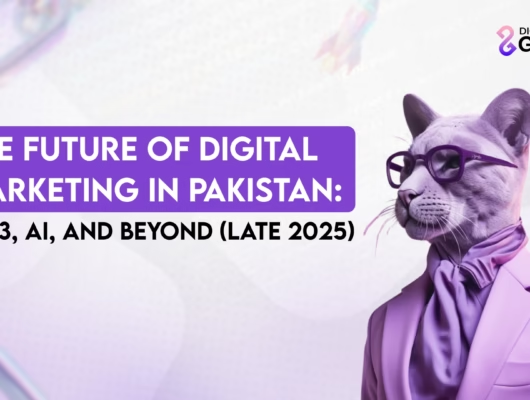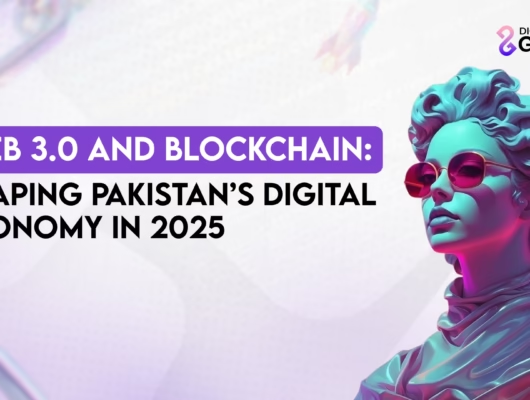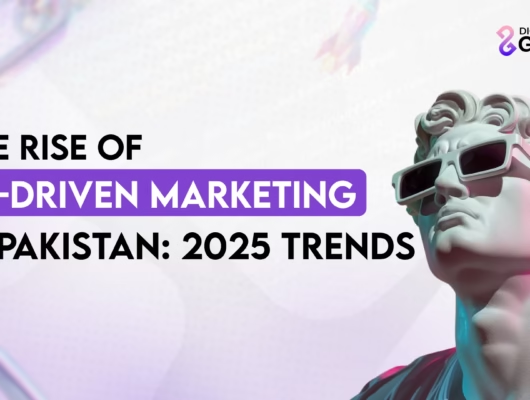More than 50% of global web traffic now originates from mobile devices. This shift highlights the need for businesses to focus on mobile-friendly experiences. From browsing social media to making purchases, mobile devices are the go-to tool for modern consumers.
Mobile-first marketing prioritizes mobile devices as the starting point for all digital strategies. It’s about creating experiences catering to users who primarily interact with businesses through smartphones and tablets.
With mobile usage surpassing desktop usage in many regions, businesses that fail to prioritize mobile use are missing out. Mobile-first strategies ensure that your business meets customers where they are on their devices. Mobile-first digital marketing prioritizes strategies tailored to mobile users, providing a seamless experience and optimizing your brand’s reach.
Responsive Web Design
Responsive web design ensures that a website looks and works well on all devices, whether a smartphone, tablet, or desktop computer. It adjusts the layout, images, and content automatically to fit the screen size, making it easier for users to navigate and read.
With more people using mobile devices to browse the internet, having a responsive website is essential. Responsive web design reduces the need for separate mobile and desktop versions, saving time and resources.
Furthermore, it keeps visitors engaged, as they can access information smoothly without zooming or scrolling excessively. This modern approach not only attracts more users but also boosts customer satisfaction.
Accelerated Mobile Pages (AMP)
Accelerated Mobile Pages (AMP) is a technology designed to make websites load quickly on mobile devices. It creates a lighter, simplified version of web pages, ensuring they display almost instantly when accessed.
This faster loading time enhances user experience, as visitors are less likely to leave due to slow performance. AMP also helps businesses improve their search engine rankings since search engines like Google prioritize speed in their algorithms.
Additionally, AMP pages use less data, making them ideal for users with slower internet connections. By reducing bounce rates and improving accessibility, AMP can increase user engagement and conversions. It’s particularly beneficial for content-heavy websites like blogs, news platforms, and e-commerce stores.
Mobile-Centric Content Creation
Mobile-centric content creation focuses on designing content specifically for mobile device users. Since most people browse on their phones, this strategy ensures content is easy to read, view, and interact with on smaller screens. It involves creating short, engaging text, using high-quality images, and optimizing videos to load quickly.
Mobile-friendly content should be visually appealing, with clear headings, bullet points, and minimal scrolling required. Interactive features like polls, quizzes, and swipeable carousels are also effective for capturing attention. By tailoring content for mobile users, businesses can improve engagement, retain visitors, and encourage them to take action.
Local SEO Optimization
Local SEO optimization is the process of improving your online presence to attract more customers from local searches. This involves optimizing your Google Business Profile with accurate information like your address, phone number, operating hours, and customer reviews. Adding location-specific keywords to your website content helps search engines connect your business with local queries.
Ensuring your website is mobile-friendly and includes a map for directions enhances user convenience. Engaging with local customers through reviews and responding to their feedback builds trust and improves your reputation. Local SEO also involves listing your business on online directories like Yelp and ensuring all details are consistent across platforms.
SMS Marketing
It involves sending text messages to customers to promote products, share offers, or provide updates. It’s a direct and personal way to reach your audience since most people scan their text messages. SMS campaigns should be brief and to the point, with a clear call to action. This method has high engagement rates because texts are often opened right away. It’s an effective tool for building customer loyalty and driving sales.
Analyze and Optimize
Regularly reviewing your website or marketing strategies to see how well they are performing. By using tools like Google Analytics, you can track user behavior, such as how long visitors stay on your site and what actions they take. Based on this data, you can identify areas for improvement, like slow-loading pages or high bounce rates.
Optimization involves making changes to improve performance, such as adjusting content, design, or navigation. Constantly analyzing and optimizing helps you stay ahead of trends, meet customer needs, and achieve better results over time.
Conclusion
In today’s digital landscape, focusing on mobile-centric content creation, local SEO optimization, SMS marketing, and continuous analysis is essential for businesses aiming to thrive.
By tailoring content specifically for mobile users, companies can enhance user engagement and ensure their messaging resonates on smaller screens. Local SEO not only boosts visibility in local searches but also fosters community trust through reviews and consistent information across platforms.
SMS marketing provides a direct line to customers, allowing for immediate interaction and loyalty-building opportunities. Finally, regular analysis and optimization of marketing strategies ensure that businesses remain agile, adapting to trends and customer needs.
By integrating these approaches, organizations can create a robust online presence, foster deeper connections with their audience, and drive sustainable growth in an increasingly competitive environment.






